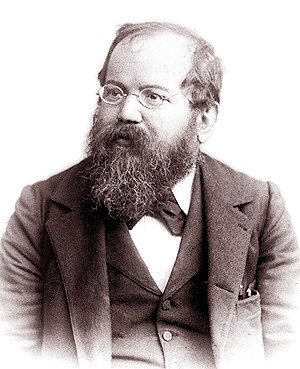Okay, this has little to do with Jewish chess history in particular, but it's one of my pet peeves.
One of the curses of chess literature is the numerous poor books that pass uncriticized by reviewers. Edward Winter is famous for taking such authors and reviewers to task, and I would like to add my own minor contribution.
In a recent review in www.chesscafe.com -- which, actually, generally does a good job in criticizing worthless books -- 606 Problems for Chess Nuts (2008 Sterling Publishing) by Fred Wilson and Bruce Alberston is reviewed rather positively by Steven Goldberg. I haven't read the book, I must admit, but I strongly suspect its quality when the puzzle used to illustrate it in the review is the following, puzzle #354 (Black to play):

The book's solution is 1... Ra3+. This is indeed the best move, as it wins a full queen (or mates) but neither the reviewer nor, apparently, the authors bother to note that the much simpler 1... exd5 (or, even simpler, 1... Qxc3+ 2. bxc3 2. exd5), while technically "only" winning a rook, are much simpler, as they win just as easily and without any sacrifices or complications.
This, mind you, is supposed to be a realistic position for the 'intermediate player'. How many intermediate players have their opponents hang rooks to them in such a fashion? And, if they do, how many bother to calculate deeply to see if it isn't possible to win the Queen instead, risking a mistake or loss on time?
Having a few of Wilson's and Alberston's other books, they display all the usual signs of hack work: mostly trivial tactical problems, only two problems per page (to take up as much space as possible, in order to make the book look longer than it is), and so on. Apparently this latest book is no different, as it too, the reviewer notes, has two problems per page, and a full 1/3rd (202) of its puzzles are dedicated to what the authors call 'advanced beginners' (an oxymoron), which means people who are 'thoroughly conversant with the moves and rules' of chess. If that makes one an "advanced" beginner, what, pray tell, is a novice?
Naturally, the market for such "advanced" beginners is larger than the one for advanced players -- there are more of them, and they're far less discriminating. So it's easy to pass on to them, as Edward Winter says, dregs pretending to be cream.
It is very easy to write chess books for beginners; it's very hard to write good ones. Reviewers shouldn't pass off every collection of trivial tactics that comes down the pike as 'helpful', but should take a good, hard look at the book's merits and demerits.

























